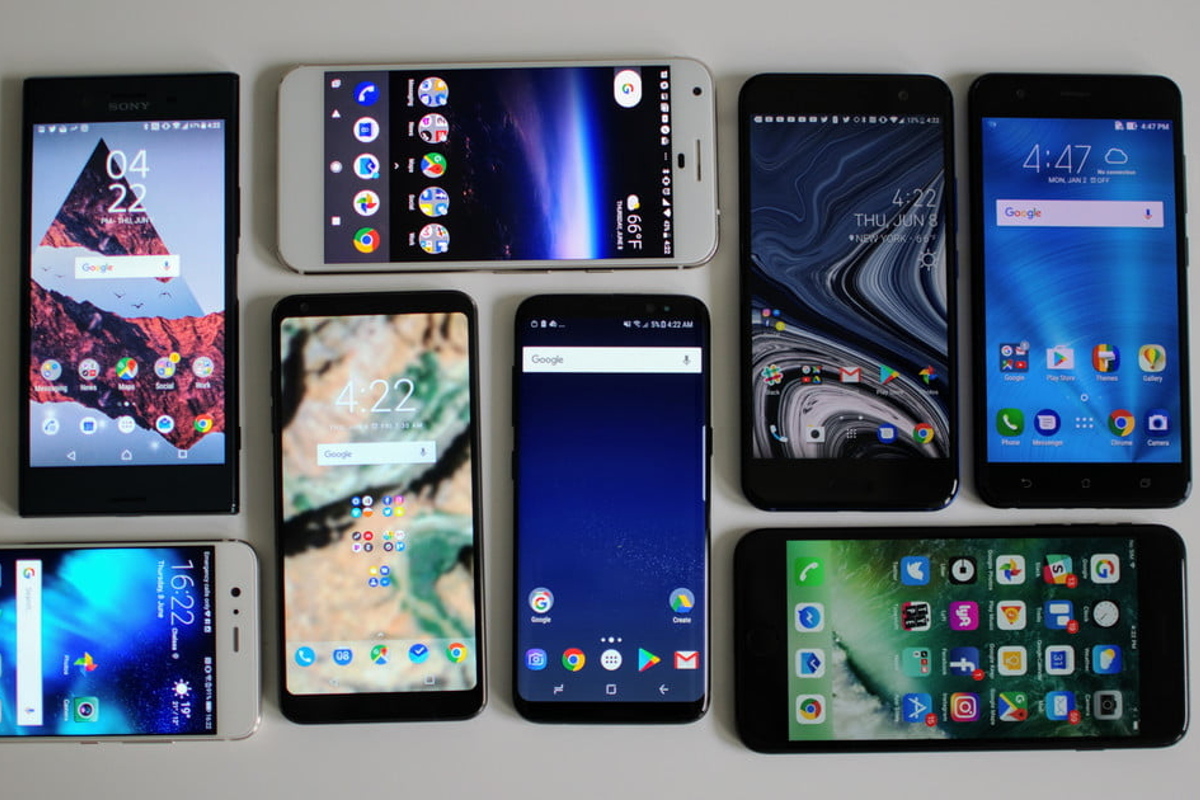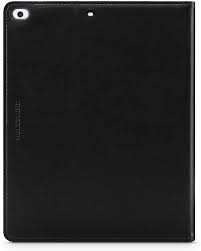The smartphone camera has become one of the most critical factors in choosing a new device. With advancements like AI-powered features, dual-lens setups, and professional-grade video capabilities, smartphones are now replacing traditional cameras for many users. But how do you navigate the vast options to find the camera that suits your needs?
Here’s a guide to help you make the right choice.
1. Define Your Photography Goals
Understanding your primary use case for a smartphone camera will help you prioritise features:
- Everyday Use: For casual photos of family, friends, and daily life, look for a camera that performs well in various lighting conditions and is easy to use.
- Social Media Content: If you post frequently on Instagram or Snapchat, prioritise vibrant colours, built-in editing tools, and smooth video recording.
- Creative Expression: Budding photographers or videographers should focus on advanced camera controls, manual settings, and multi-lens setups.
2. Look Beyond Megapixels
In 2018, the myth that “more megapixels equal better photos” has been widely debunked. Today, features like sensor size, aperture, and software optimisation have a much greater impact.
For example:
- Google Pixel 2: Its 12.2MP single camera produces industry-leading photos, thanks to computational photography.
- Apple iPhone X: The 12MP dual-camera system delivers incredible detail, vibrant colours, and Portrait Mode for stunning bokeh effects.
Focus on real-world performance rather than being swayed by numbers alone.
3. Prioritise Low-Light Performance
Many memorable moments happen at night or indoors, so a smartphone’s ability to handle low light is essential. Features to look for:
- Wide Aperture: A smaller f-number (e.g., f/1.7 or f/1.8) allows more light into the lens.
- Optical Image Stabilisation (OIS): Reduces blur in low-light conditions by stabilising the camera.
- AI Night Modes: Phones like the Huawei P20 Pro use AI to enhance low-light photography, producing brighter and clearer shots.
4. Evaluate Video Capabilities
Video recording has become just as important as still photography. In 2018, many smartphones offer features like:
- 4K Recording: Phones like the Samsung Galaxy S9+ and Sony Xperia XZ2 shoot ultra-high-definition video.
- Slow Motion: The Galaxy S9+ offers super-slow motion at 960fps, perfect for creative effects.
- Stabilisation: Both optical and electronic stabilisation ensure smooth footage, even when filming handheld.
5. Take Advantage of Software Features
Camera software plays a significant role in creating great images. In 2018, AI and machine learning have transformed what smartphones can do:
- Portrait Modes: Many devices, including the iPhone X and Google Pixel 2, use software to create DSLR-like background blur.
- Scene Detection: AI-powered cameras like the Huawei P20 Pro automatically adjust settings for the best shot based on the scene.
- HDR+: Available on Google Pixel devices, this feature enhances details in both shadows and highlights.
6. Consider Multiple Lenses
Dual-lens setups are now a standard feature on flagship phones, offering more versatility:
- Telephoto Lenses: Found on the iPhone X and Samsung Galaxy Note 9, these allow for 2x optical zoom without losing quality.
- Wide-Angle Lenses: The LG G7 ThinQ features a wide-angle lens for capturing landscapes or large group photos.
- Triple Lenses: The Huawei P20 Pro, the first phone with three rear cameras, includes a 40MP main sensor, a monochrome sensor, and a telephoto lens for unmatched flexibility.
7. Test Real-World Performance
Whenever possible, test a phone’s camera before buying or read reviews that include real-world photo samples. Key things to check:
- Daylight Shots: Does the camera capture sharp details and accurate colours in bright conditions?
- Low-Light Shots: Are the photos clear, with minimal noise?
- Speed: How quickly does the camera focus and capture photos?
8. Budget-Friendly Options
You don’t need to spend thousands to get a great smartphone camera. In 2018, mid-range devices like the OnePlus 6 and Xiaomi Mi A2 offer impressive photography capabilities without breaking the bank.
Top Smartphone Cameras in 2018
Here are some standout options:
- Google Pixel 2: Known for its exceptional single-lens photography and computational photography.
- Apple iPhone X: Excels in video recording and Portrait Mode.
- Samsung Galaxy S9+: Offers stunning low-light performance and super slow motion.
- Huawei P20 Pro: Leads the pack with its innovative triple-lens setup.
Final Thoughts
Choosing the right smartphone camera in 2018 requires balancing features with your specific needs. Whether you’re capturing everyday moments, creating social media content, or exploring your creative side, there’s a camera that’s perfect for you.
With technology advancing so rapidly, today’s smartphones offer capabilities that were unthinkable just a few years ago. Take your time, test your options, and pick a camera that helps you capture your world, your way.




